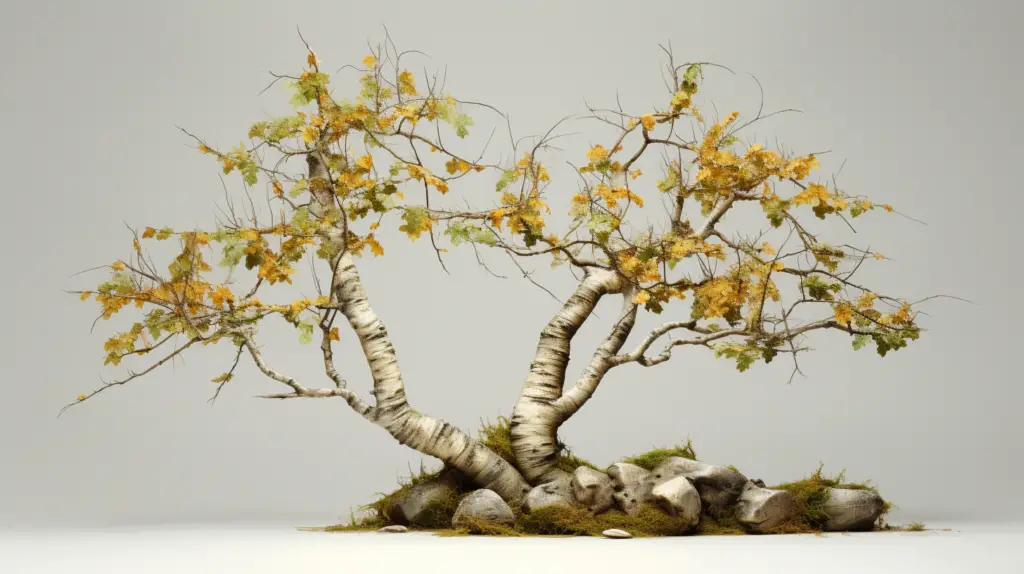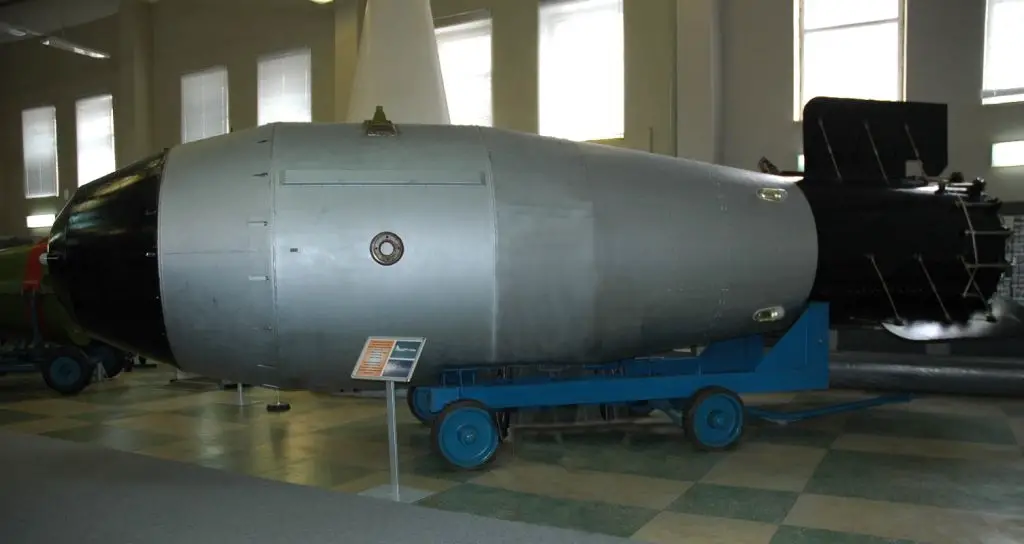In the world of botany, there are few subjects as fascinating as the Hibakujumoku, commonly known as the Japanese birch tree. These trees are a living testament to resilience and endurance, having survived the atomic bombings of Hiroshima and Nagasaki during the Second World War. Their silent yet profound narratives are deeply intertwined with Japan’s historical and ecological tapestry.
In this article, we delve into 25 interesting facts about the Japanese birch tree, offering you a new lens through which to view these arboreal marvels.
- “Hibakujumoku” Meaning: The term “Hibakujumoku” translates to “A-bombed trees” or “Survivor Trees” in English. These trees were within a 2-kilometer radius of the blast epicenters in Hiroshima and Nagasaki.
- Survivors of War: The Hibakujumoku trees survived the 1945 atomic bombings, which obliterated their surroundings. The resilience of these trees symbolizes hope and renewal in post-war Japan.
- High Number of Survivors: There were about 170 species of Hibakujumoku trees, with the count reaching approximately 680 trees in Hiroshima and Nagasaki.
- The Japanese Birch: The Japanese birch, or Betula platyphylla japonica, is among the Hibakujumoku species. These birch trees adapted and survived the fallout, showcasing a formidable resilience to radiation.
- Deciduous Trees: Like other birches, the Japanese birch is a deciduous tree, shedding its leaves annually.
- Size: Japanese birch trees can reach heights of 15 to 20 meters, with a trunk diameter of up to 50 centimeters.
- Lifespan: On average, a Japanese birch can live for around 40 to 50 years, though some specimens may live much longer.
- Bark Color: The bark of the Japanese birch is a distinctive white to gray-white, which peels in horizontal strips, providing an aesthetic appeal.
- Leaf Characteristics: The leaves of the Japanese birch are alternate and ovate, with a pointed tip. They’re typically 3 to 8 cm long and 2 to 6 cm broad.
- Flowering and Fruiting: Japanese birch trees produce monoecious flowers, meaning male and female flowers are present on the same tree. The fruit is a small samara, commonly known as a winged nut or seed.
READ MORE: 25 Interesting Facts About “Hibakusha”: Survivors of the Atomic Bombings - Growth Environment: Japanese birch trees grow best in cold climates and are most commonly found in northern and central Japan, where they populate the mountainous regions.
- Soil Preference: These trees thrive in well-drained, sandy, and loamy soils with a pH that is slightly acidic to neutral.
- Light Requirement: Japanese birch trees prefer full sun but can tolerate partial shade.
- Resilience to Pests: Japanese birches are moderately resistant to pests, exhibiting a level of resilience that contributes to their overall hardiness.
- Wildlife Value: The tree provides food and habitat for several species of birds and mammals.
- Economic Use: The wood of the Japanese birch is used in construction, furniture, paper production, and other woodworking projects.
- Cultural Symbol: The Hibakujumoku, including the Japanese birch, are seen as symbols of peace and resilience in Japanese culture.
- Preservation Efforts: Efforts have been made to preserve and care for these trees as living monuments of history, including extensive documentation and arboricultural treatments.
- Green Legacy Hiroshima: The Green Legacy Hiroshima initiative, started in 2011, propagates seeds and seedlings of the Hibakujumoku, spreading the trees’ message of peace and resilience worldwide.
- The Oldest Hibakujumoku: While not a birch, the oldest known Hibakujumoku is a 400-year-old weeping willow in Hiroshima.
READ MORE: Top 10 Japan Culture Shocks | All You Need To Know - Commemorative Planting: Seeds and seedlings of Hibakujumoku have been planted in various countries to commemorate peace and reconciliation, including the United Nations offices in New York and Geneva.
- Scientific Study: Hibakujumoku trees, including the Japanese birch, are the subject of scientific studies investigating the genetic impact of radiation.
- Medicinal Uses: Birch trees have traditional medicinal uses. The sap, bark, and leaves have been used in treatments for a variety of ailments.
- Bonsai: The Japanese birch is also used in Bonsai, the Japanese art of growing small trees in containers.
- Climate Change Indicators: Birch trees, due to their sensitivity to changes in their environment, are often used as bio-indicators in studies related to climate change.
READ MORE: Who was SADAKO SASAKI and her 1000 PAPER CRANES?
The Japanese birch, a member of the Hibakujumoku family, is more than just a tree. It’s a symbol of resilience, a beacon of hope, and a silent observer of history. These 25 interesting facts about this remarkable tree weave a tale of endurance, adaptability, and profound symbolism that echo across generations. As climate change poses new challenges, understanding and conserving these resilient species become even more critical, emphasizing the roles they play in our ecosystems, cultures, and histories.


